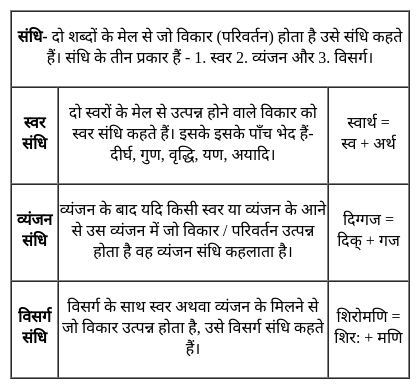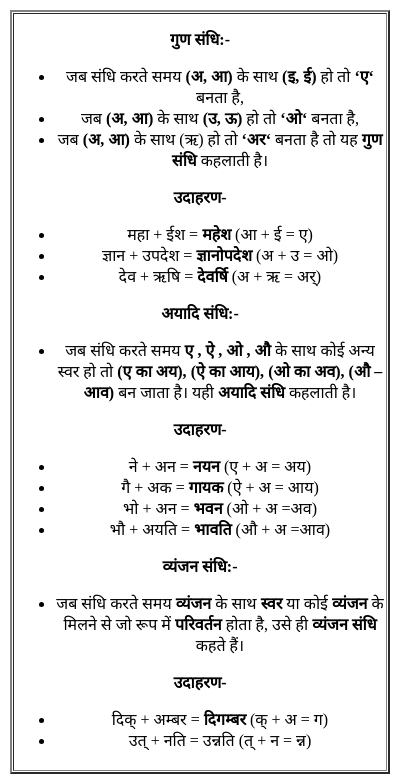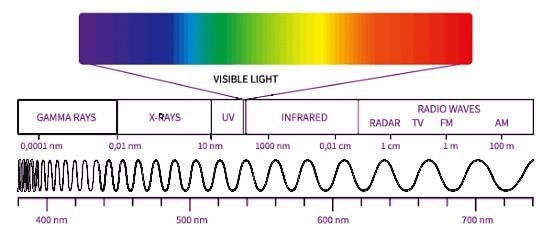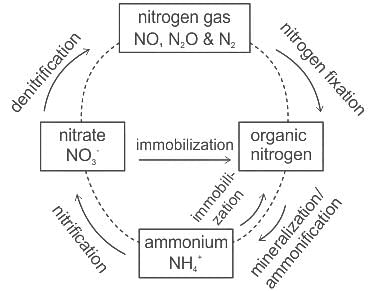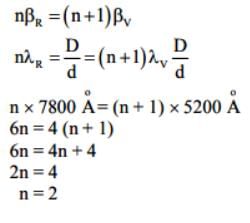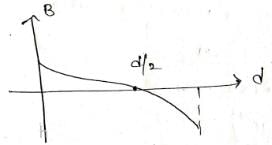KVS PGT Physics Mock Test - 3 - KVS PGT/TGT/PRT MCQ
30 Questions MCQ Test - KVS PGT Physics Mock Test - 3
निम्नलिखित में से 'एतन्मुरारी' के सही सन्धि विच्छेद का चयन कीजिये।
The process of converting ammonia into nitrates is called:
ICT is a broad and comprehensive term. Information technologies are powered by mainly two types of communication technologies. Name them?
The order of magnitude of a number expressed in scientific notation is ______.
A light string passing over a smooth light pulley connects two blocks of masses m1 and m2 (vertically). If the acceleration of the system is g/8,then ratio of the masses is
[AIEEE 2002]
If a ray of light is incident on a plane mirror at an angle 60° from the mirror surface, then deviation produced by mirror is
The necessary condition for phenomenon of interference to occur is
In Young's double slit experiment, the wavelength of red light is 7800 Å and that of blue light is 5200 Å. The value of n for which nth bright band due to red light coincides with (n + 1)th bright band due to blue light, is
The most suitable instrument for measuring the size of an atom is:
The process by which heat flows from the region of higher temperature to the region of lower temperature by actual movement of material particles is called
A ball of mass 10 g hits a hard surface vertically with a speed of 5 m/s and rebounds with the same speed. The ball remains in contact with the surface for 0.01 s. The average force exerted by the surface on the ball is
What is the angle between the electric dipole moment and the electric field on the equatorial line of the dipole?
If an object is placed unsymmetrically between two plane mirrors, inclined at the angle of 600, then the total number of images formed is
A 60.0 kHz transmitter sends an EM wave to a receiver 21 km away. The signal also travels to the receiver by another path where it reflects from a helicopter. Assume that there is a 180o phase shift when the wave is reflected. This situation will give ________.
Two particles executing SHM with same angular frequency and amplitude A and 2A same
straight line with same position cross other in opposite direction at a distance A/3 from mean position. The phase difference between the two SHM’s is
The earth rotates about an axis passing through its north and south poles with a period of one day. If it is struck by meteorites, then
A uniform beam of positively charged particles is moving with a constant velocity parallel to another beam of negatively charged particles moving with the same velocity in opposite direction separated by a distance d. The variation of magnetic field B along a perpendicular line draw between the two beams is best represented by
The force required to take away a flat plate of radius 4 cm from the surface of water is (surface tension of water = 70 dyne/cm)
A thin horizontal circular disc is rotating about a vertical axis passing through its centre. An insect is at rest at a point near the rim of the disc. The insect now moves along a diameter of the disc to reach its other end. During the journey of the insect, the angular speed of the disc.
[AIEEE 2011]


